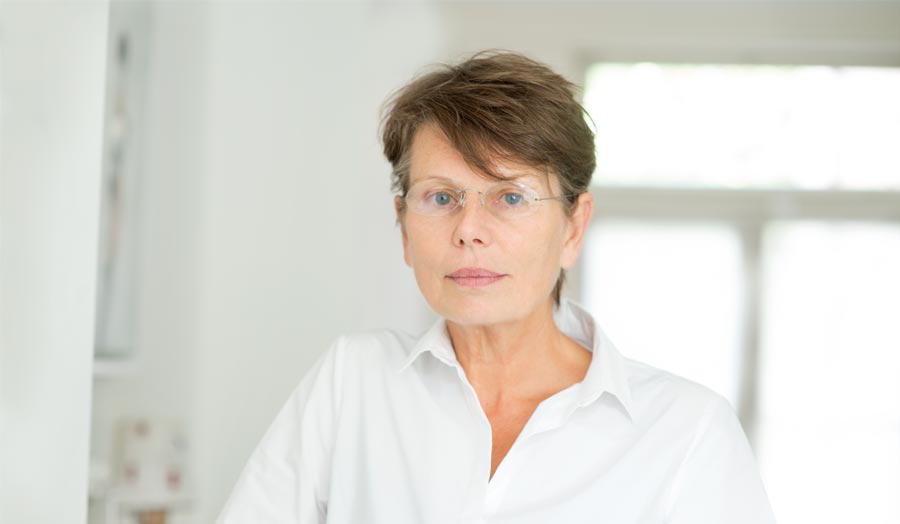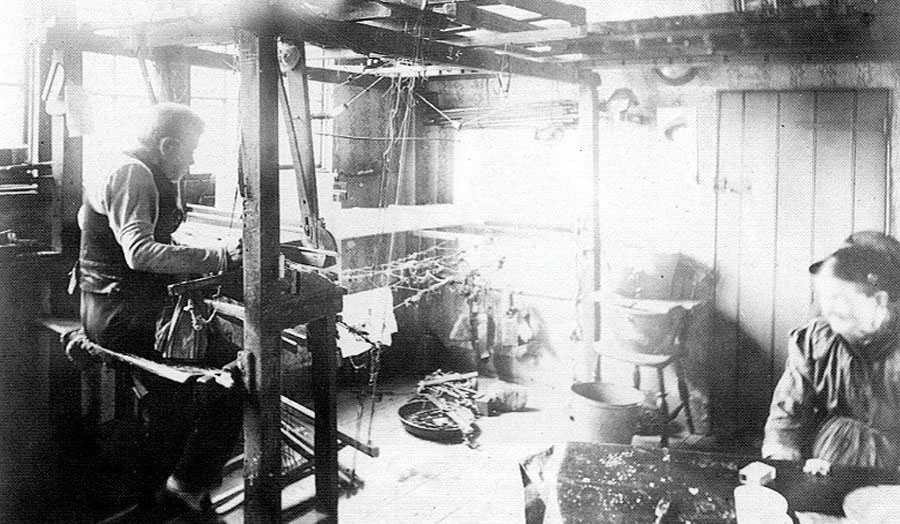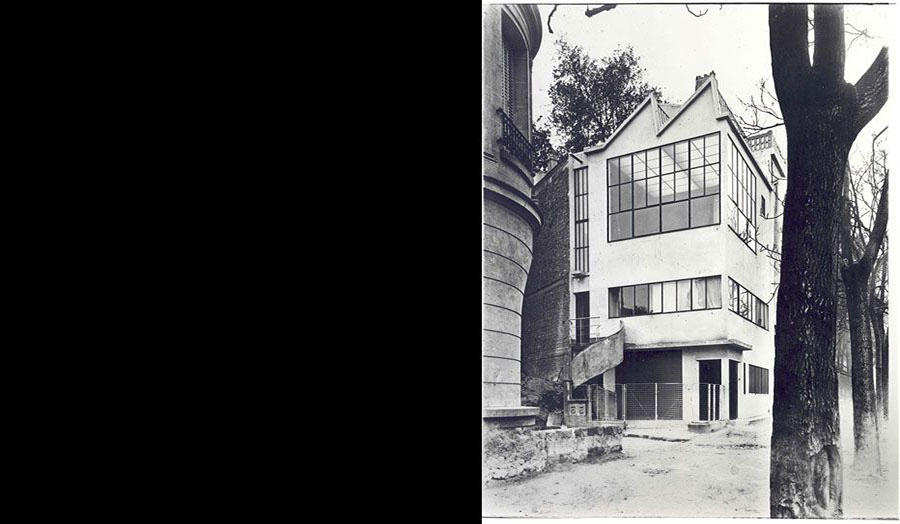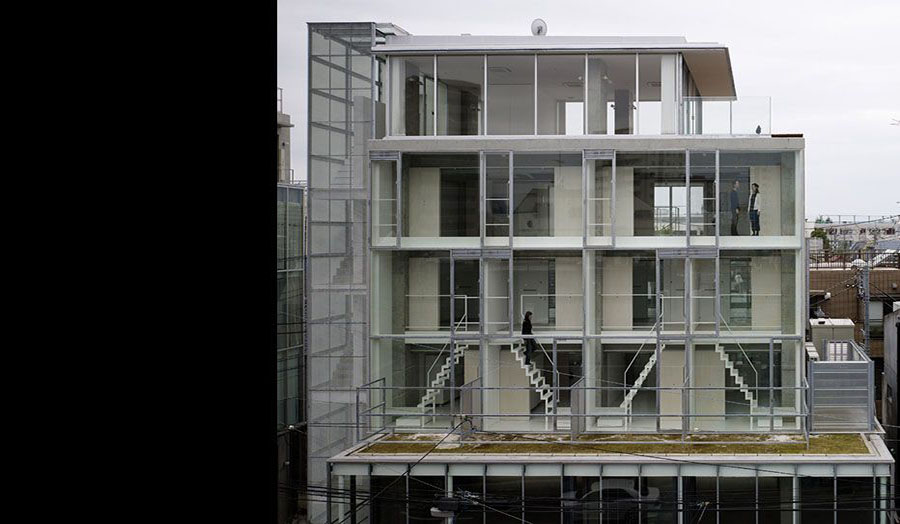Dr Frances Holliss is an Architect and has been a member of staff at the School of Art, Architecture and Design since 1988. Dr Holliss is a Emeritus Reader in Architecture.

More about Frances Holliss
Dr Frances Holliss is an architect who has taught widely across the School of Art, Architecture and Design in Architecture courses and is now Emeritus Reader in Architecture. She has been researching the architecture of home-based work since 2001, is widely published and speaks internationally on the subject. Holliss was a member of the advisory group to Lord Whitty’s 2011 independent inquiry into the affordable housing crisis, was a Trustee with arts charity [SPACE] from 2007 to 2011 and contributed to the 2014 Farrell Review of Architecture and the Built Environment. She has received funding from the DAIWA Anglo-Japanese Foundation, EPSRC, AHRC, Newlon Housing Trust and, in 2021, the UK government’s Strategic Priority Fund.
Her book Beyond Live/Work: the Architecture of Home-based Work was published by Routledge in 2015. The following year she was invited to contribute to both the Venice Architectural Biennale and the International Architectural Biennale of Rotterdam. In 2019, she collaborated with Paul Kuitenbrouwer and Eireen Schreurs, from the Delft Architectural Studies on Housing in the book Home Work City: living and working in the urban block (nai101).
Frances is also a member of the Workhome Project, a not-for-profit organisation that was set up in April 2020, as a result of the Covid-19 pandemic to advocate for good design for home-based work, to influence policy-making, and inspire and support communities in making this change. It promotes a bottom-up understanding of the tolerance, flexibility and creativity needed to make future cities and economies more resilient. In 2020, the Workhome Project submitted to the APPG on Housing and Social Mobility Inquiry into Housing and Employment, and to the Suburban Taskforce.
Research
Frances Holliss’s research interests revolve around the architecture of home-based work worldwide. Her doctorate identifies the building that combines dwelling and workplace as a specific type ("workhome") with considerable contemporary relevance in the context of a rapidly growing global home-based workforce.
Her research investigates both the history of this dual-use building type and design for this working practice. She has a particular interest in the social and spatial impact of covert home-based work, including the blue-collar workhome and home-based work in UK social housing.
Holliss’s research also explores the way cities across the world are designed and organised to support or discourage this working practice, the impact this has on their inhabitants and the life of the city, and how cities of the future may better accommodate this working practice.
Areas of expertise
The architecture and urbanism of home-based work.
Publications
- Holliss, F. (2023). Key Lessons for Adaptable Housing. [commentary]. Buildings & Cities.
- Holliss, F., (2022b) Design for working from home. Planning in London, PiL121, Apr-Jun, 57-59.
- Holliss, F. (2022a) A House for Artists. Architecture Today.
- Workhome Project (2022) Co-living Works. Longlisted entry for Davidson Prize.
- Holliss, F. & Dutson, C., (2022) Open City/Closed City. Housing and the City. Eds. Borsi, K., et al. Routledge.
- Workhome Project (2021) Two Door City. Longlisted entry for Davidson Prize.
- Holliss, F. and Barac, M., (2021) Housing Space Use in the Pandemic and After: The Case For New Design Guidance London: London Metropolitan University.
- Holliss, F., (2021). Working from home. Built Environment, 47(3), 367-79.
- Holliss, F., (2020) Working from home is a luxury many renters in the UK can ill afford The Guardian (18 Aug 2020)
- Holliss, F., (2019) Homes that Work Architecture Today (9 May 2019)
- Holliss, F., (2019) ‘The Workhome: An Architecture of Dual-use’ in Home Work City, Ed. Paul Kuitenbrouwer and Eireen Schreurs. nai010.
- Holliss, F, (2017) To solve the housing crisis we need new ideas, not garden cities The Guardian Housing Network (09 Feb 2017)
- Holliss, F, (2017) Designing for Home-Based Work - Lessons from Two English Villages Architecture and Culture Vol. 5 2017 Issue 1
- Holliss, F, (2016) Home-based Workers of the World Unite! RSA 30.11.2016
- Holliss, F (2016) Garden Offices and the Future of New Homes, Shedworking 21.11.16
- Holliss, F (2015) What the Future of Working at Home May Look Like, Wall Street Journal 23.11.15.
- Holliss, F (2015) Beyond Live/Work: the architecture of home-based work, Routledge. Buy from The Guardian Bookshop and read reviews on LSE book review site, Architecture Today Feb 2015, RIBA Journal, Shedworking and Flexibility).
- Holliss, F (2015) Working from Home: Redesigning Internal Space Use in Homes in Routledge Handbook of Families in Asia. Editor S Quah, Routledge. Buy from Routledge.
- Holliss, F (2013) Home-based work: a quiet casualty of the bedroom tax, The Conversation 21.05.13.
- Holliss, F (2012) Home is where the work is; the case for an urban design revolution The Conversation 23.07.12.
- Holliss, F (2012) Space, buildings and the life worlds of home-based workers: Towards better design in Visualising the landscape of work and labour. Sociological Research Online.
- Holliss, F (2011) House with Associated Office? in Round and about Stock Orchard Street. Editor S Wigglesworth, Routledge. Read a review at The Architect's Journal.
- Holliss, F (2010) From Longhouse to Live/work Unit: Parallel Histories and Absent Narratives in Built from Below. Editor P Guillery, Routledge. Read a review on Muse.
- Holliss, F (2008) Beyond Live/work, Planning in London, Issue 67 Oct–Dec 2008.
- Holliss, F (2007) The workhome... a new building type?, London Metropolitan University. PhD.
Articles
- Evening Standard (03 Aug 2011) Working from home is a social phenomenon by Kieran Long
- Architecture Today (06 May 2011) Suburbanstudio: working at home by Colin Davies
- The Architectural Review (04 Mar 2011) Homeworking... the new peasantry or a regenerative impetus for cities? by Clare Melhuish
- Architecture Today (18 Feb 2011) Live/work symposium






